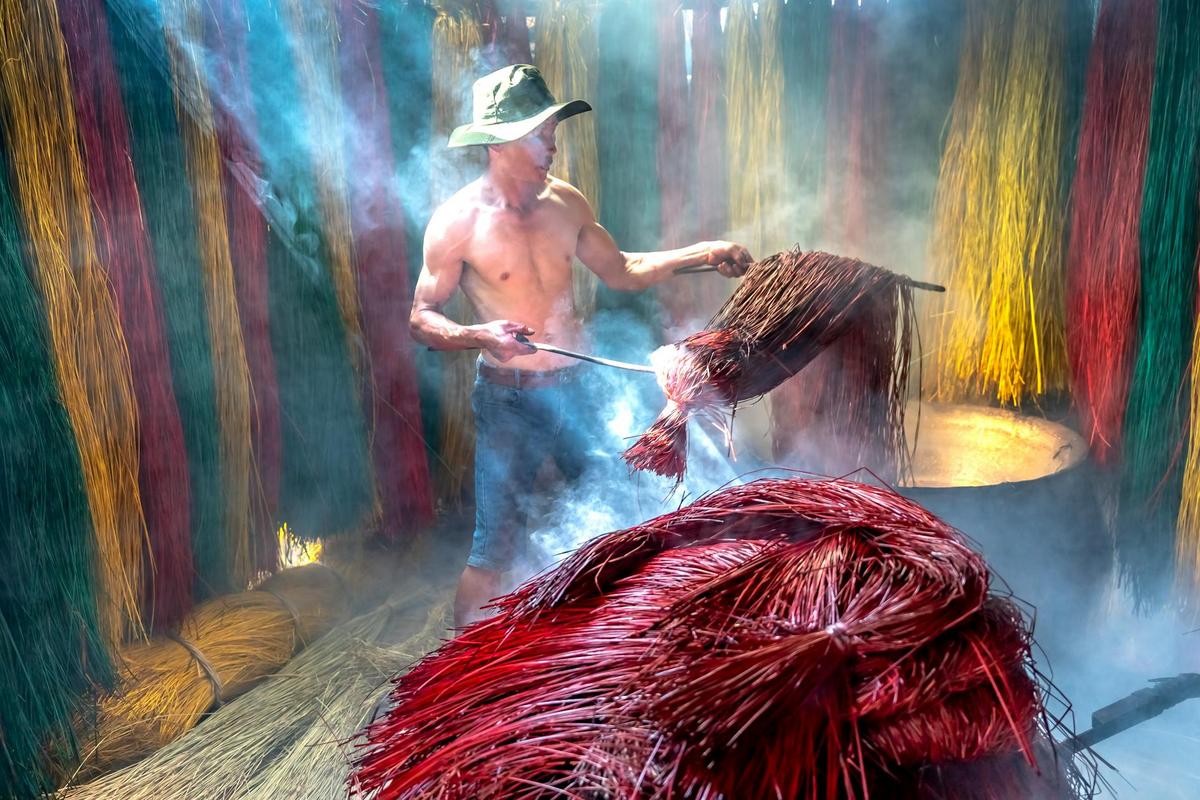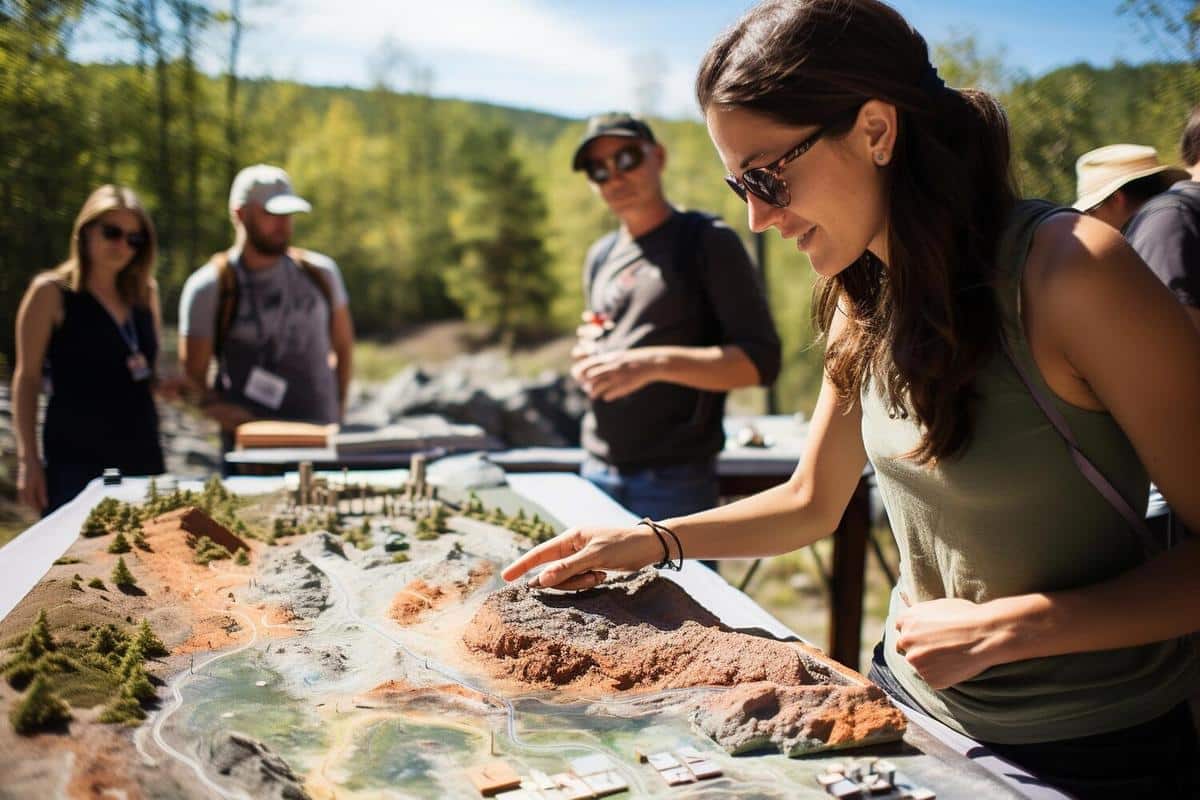
Understanding the Local Traditions of Indigenous Tribes
Exploring the rich tapestry of indigenous traditions offers insight into the diverse cultures that have thrived across the globe for centuries. These unique cultural practices, often passed down through generations, provide a window into the values, beliefs, and histories of indigenous tribes.
The Importance of Understanding Indigenous Traditions
Indigenous tribes possess a wealth of knowledge and traditions that contribute significantly to cultural diversity. According to a study by the United Nations, there are over 476 million indigenous peoples worldwide, representing 5,000 different cultures. Understanding these traditions can foster respect and appreciation for cultural differences.
Expert Insights
“Indigenous knowledge systems are crucial for biodiversity conservation and sustainable development,” states Dr. Megan Bang, a researcher in indigenous education.
Traditional Practices and Their Significance
Traditional practices such as storytelling, dance, and craft making are central to indigenous cultures. For example, the Maori of New Zealand use the Haka, a ceremonial dance, to convey emotion and tell ancestral stories.
Case Study: The Potlatch Ceremony
The Potlatch, celebrated by the Indigenous peoples of the Pacific Northwest, is a ceremonial feast that reinforces community bonds and status. During this event, families share food, gifts, and stories, highlighting the tribe’s social structure and cultural wealth.
| Tribe | Region | Traditional Practice | Significance |
|---|---|---|---|
| Maasai | Africa | Jumping Dance | Celebrates transition to warrior status |
| Inuit | Arctic | Throat Singing | Entertainment and storytelling |
| Aboriginal Australians | Australia | Dreamtime Stories | Creation myths and cultural laws |
| Hopi | North America | Kachina Dolls | Spiritual and educational tool |
| Zulu | Africa | Beadwork | Communication of identity |
| Mayan | Central America | Ball Game | Religious and political significance |
| Sami | Scandinavia | Joik Singing | Preservation of history |
| Ainu | Japan | Bear Ceremony | Thanksgiving ritual |
Actionable Tips for Cultural Exploration
- Engage respectfully by learning about the tribe’s history and customs before visiting.
- Participate in cultural exchanges and workshops to gain firsthand experience.
- Support indigenous artisans by purchasing authentic crafts directly from them.
When attending indigenous events, always ask for permission before taking photographs to ensure cultural sensitivity.
FAQs
Why is it important to preserve indigenous traditions?
Preserving indigenous traditions helps maintain cultural identity and wisdom, which are vital for future generations.
How can I learn more about indigenous cultures?
Consider attending cultural festivals, reading books by indigenous authors, or engaging with online platforms dedicated to indigenous knowledge.
Conclusion
Understanding the local traditions of indigenous tribes enriches our global perspective and nurtures a more inclusive world. By respecting and embracing these diverse cultures, we contribute to the preservation of invaluable cultural heritage. As we continue our cultural exploration, let’s commit to learning and sharing the stories of indigenous peoples with openness and respect.


